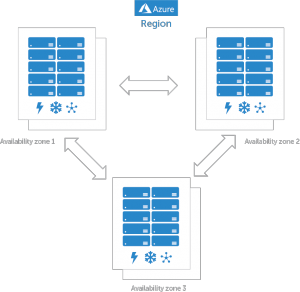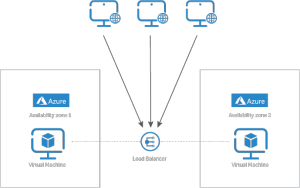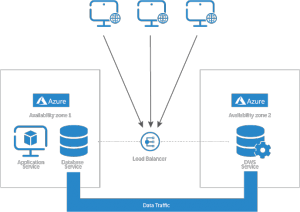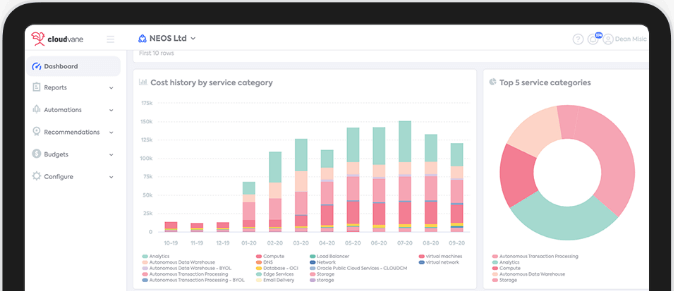Starting July 1, 2021, Azure starts billing for Data transfer between virtual machines across availability zones.

09.02.2021. Blog
Tomislav Kralj, Infrastructure & Security Director
Starting July 1, 2021, Azure starts billing for Data transfer between virtual machines across availability zones.

Standard advice and recommendations in building highly available applications or services is to distribute them across availability zones. Currently, Azure enables data transfer between virtual machines across availability zones with no charge. This will, however, change as of July 1.
Note: the billing change was originally set for February 1, 2021. However, it was pushed to July 1 with no additional explanation from Azure.
An availability zone is a high availability offering that protects your applications and data from data center failures. Looking at the architecture of a data center, availability zones are unique physical locations within a data center region. Each zone is made up of one or more data centers equipped with independent power, cooling and networking.
To ensure resiliency, there is a minimum of three separate zones in all enabled Azure regions. In order to protect applications and data from data center failure – such as outage, faulty equipment, cybercrime and human error within a region – availability zones are physically separated.
This setup enables the creation of zone-redundant services that replicate your applications and data across availability zones. This way, your apps and data are protected from single-points-of-failure.
An availability zone in an Azure region is a combination of a fault domain and an update domain, enabling Azure to offer industry best 99.99% VM uptime SLA.

Here is how you will be charged for data transfer after July 1, according to official Azure pricing details:
“Following Availability Zone data transfer is charged:
Data transfer, ingress and egress, from a VNet resource deployed in an Availability Zone to another resource in a different Availability Zone in the same VNet.
Following Availability Zone data transfer is NOT charged:
Data transfer between VNet resources located in same Availability Zone
Data transfer between a VNet resource and a Public IP address in the same Azure Region
Data transfer between VNet resources located in peered VNets across Availability Zones. This data transfer will be charged as per VNet peering rates.”
Here is an example of a service that contains two virtual machines. Let’s say you have put the first virtual machine in availability zone 1, and the second in availability zone 2. The service is exposed through a load balancer.

When availability zone 1 is down, you can still access your virtual machine on availability zone 2. In this case, the change does not impact your environment, or it impacts it only slightly.
This example show a service containing application service, database service and data warehouse service. Usually, data is transferred from the transaction system to the data warehouse system using a kind of ETL (Extract, Transform, Load).
The database service is in availability zone 1, and DWH service in availability zone 2. A high volume of data is transferred daily from the database to the DWH service. Currently, this data transfer is free.

This will change under new billing rules. The data transfer between the Database service and the DWH service will be charged, and depending on the amount of transferred data, the impact on your monthly billing can be substantial.
Furthermore, this example shows a single integration with a single service. In the real world, the number of integrations can reach hundreds. Keeping this in mind, these new charges will present a considerable impact on your billing.
Your course of action will depend on the current cloud adoption stage of your company.
If you are still in the planning phase, refer to the FinOps methodology from the very start. It will help you achieve better cloud economics and centrally manage your cloud expansion.
Another recommendation is to create a multicloud solution and use the best from every cloud provider. Not all cloud providers charge for data transfer between availability zones.
If you are already in the cloud and find that the change has an impact on you, here is what you should do. Analyse the amount of integration and data transfer you have between availability zones and move those services that have a lot of data transfer into the same availability zone. Then use different fault zones for achieving high availability.
We highly recommend that you get started right now. Carry out your analysis to see how this will impact your monthly bill. If you don’t know where to start or get stuck at any point, ask us for assistance, so they can help you on your cloud journey.
See firsthand how easy it is to make informed decisions about your Multicloud. Learn how to manage cost and automate resources based on FinOps principles and best practices.
Schedule a demo